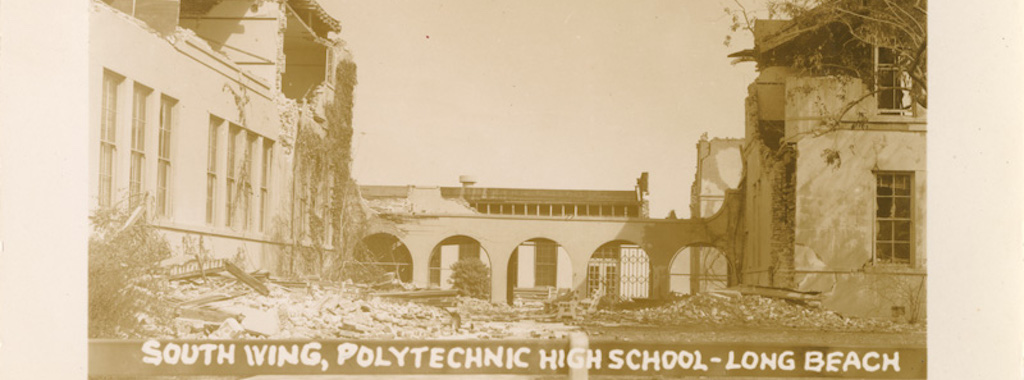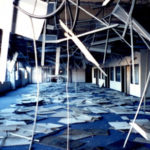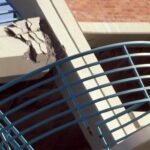On March 10, 1933, around dinnertime, a magnitude 6.4 (Mw) earthquake struck the Long Beach area of California just before 6 p.m., causing widespread damage and resulting in 120 fatalities. This earthquake became a turning point in the way that earthquakes and their impacts were understood and addressed in the western US.
According to the California Earthquake Authority, “it is estimated that about two-thirds of these deaths occurred because people ran out of buildings and were hit by falling debris. There were also more than 500 injuries reported in Long Beach alone, and the quake caused more than $50 million [$1B in 2022 dollars] in property damage, mostly to poorly built structures and unreinforced buildings.”
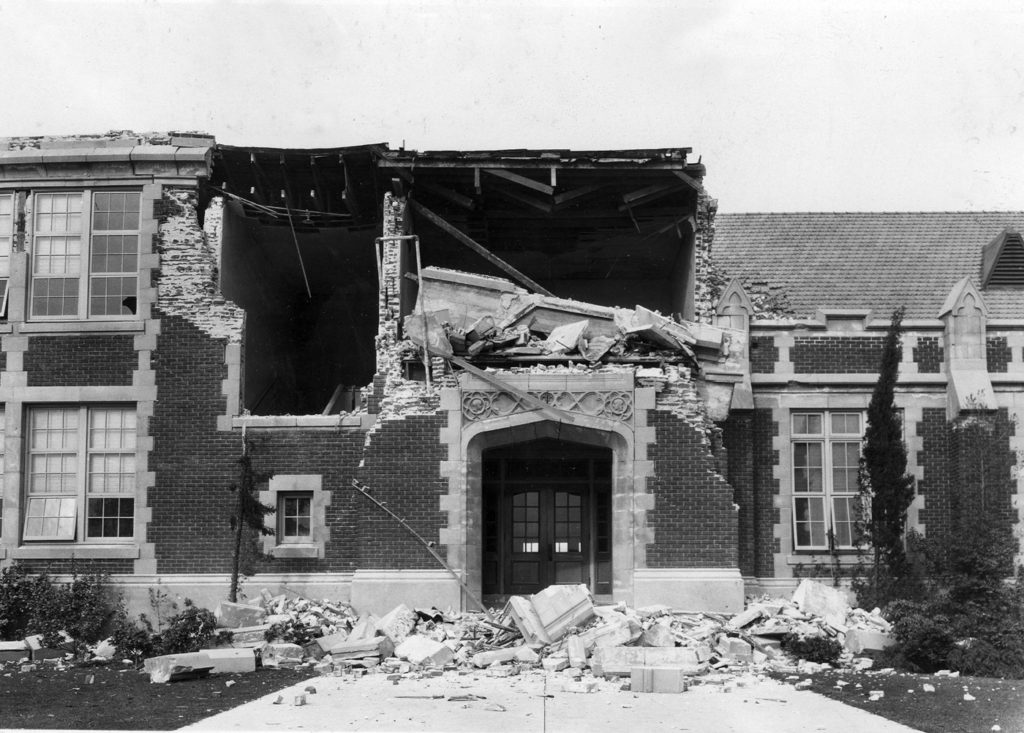
It could have been much worse, but as the earthquake happened just before 6 p.m., schools were not open Many schools were destroyed or severely damaged, including Long Beach Polytechnic High School, which was one of the largest and most modern schools in the state. At the time, there were no statewide standards for school construction, and many schools were built with little regard for their ability to withstand seismic events.
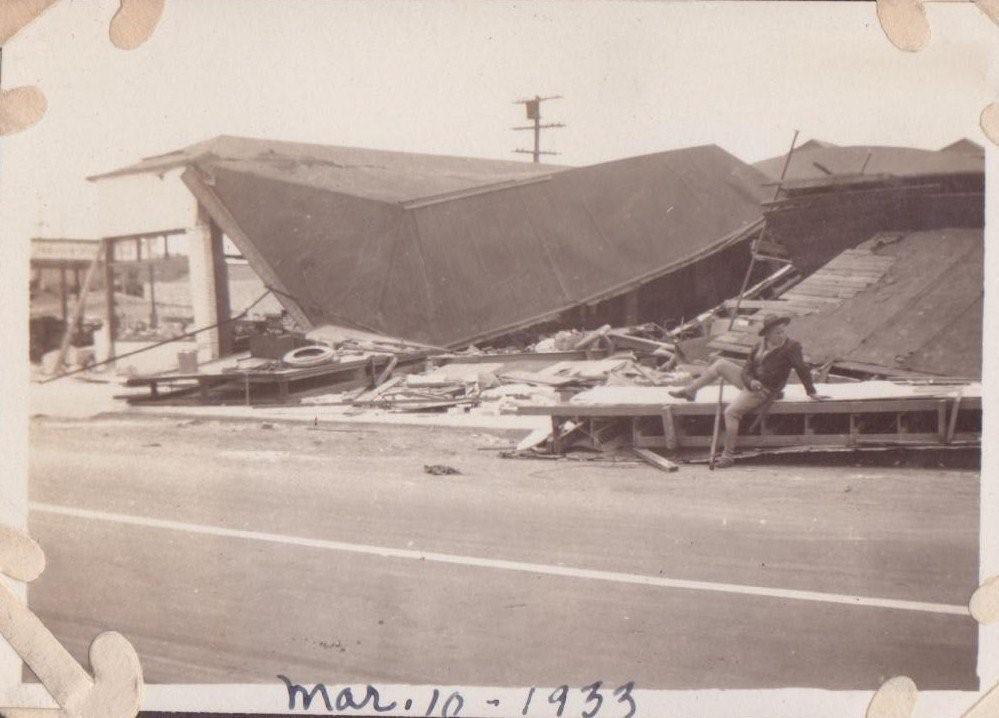
In response to the disaster, the state of California passed the Field Act in 1933. This legislation established the Division of State Architect within the Department of Education and the first statewide building standards for schools.
The legislation marked a major shift in the way schools were designed and built in the state. The Field Act ensured that schools were built to higher standards, making them more resistant to earthquakes and other natural disasters. According to the CEA, “Since the passage of the Field Act, no school in California has collapsed as a result of a seismic event.”
Simpson Strong-Tie was founded only a few decades after the Long Beach earthquake. As a California-based company, we’ve always been acutely aware of the damage that earthquakes can cause. Studying the effects of past earthquakes been part of the inspiration behind our mission to provide solutions that help people design and build safer, stronger structures. As we recognize the 90th anniversary of the 1933 Long Beach earthquake, we hope to learn from past disasters and continue working to understand and improve structural performance and community resilience. See some of the solutions we’ve developed for structural retrofitting and seismic resistance.

